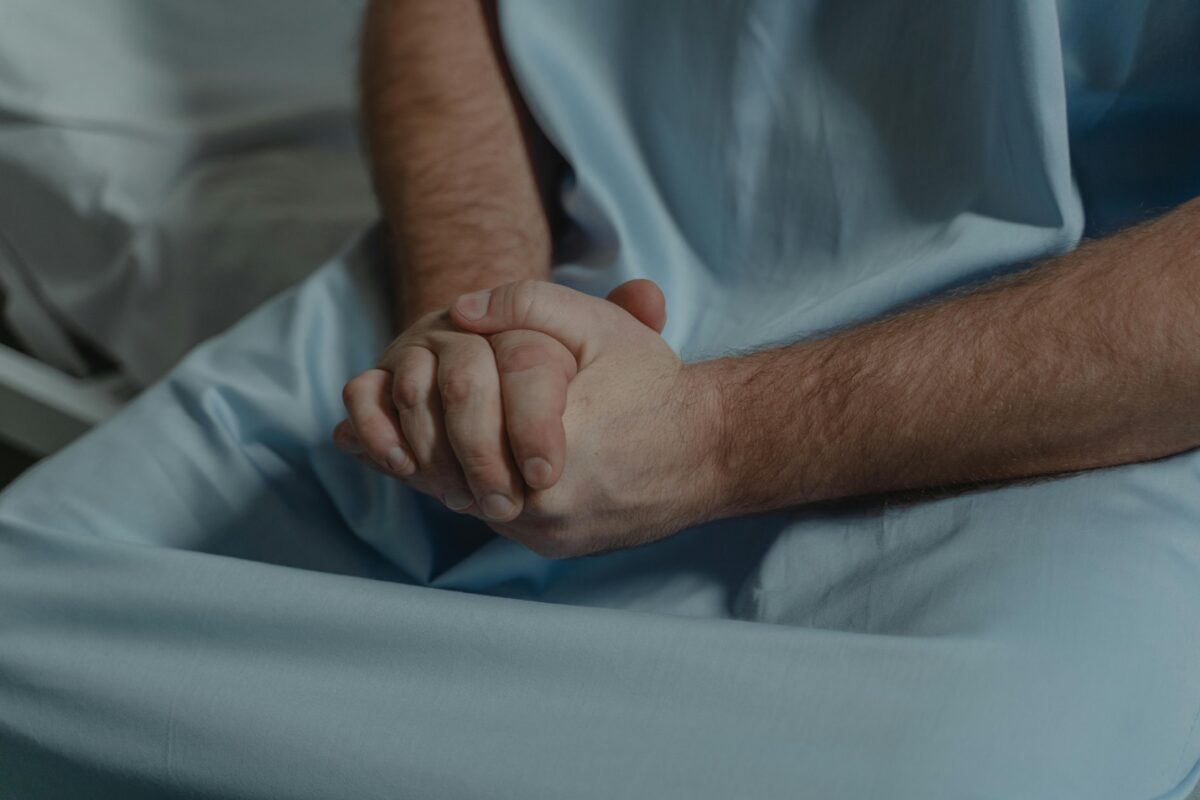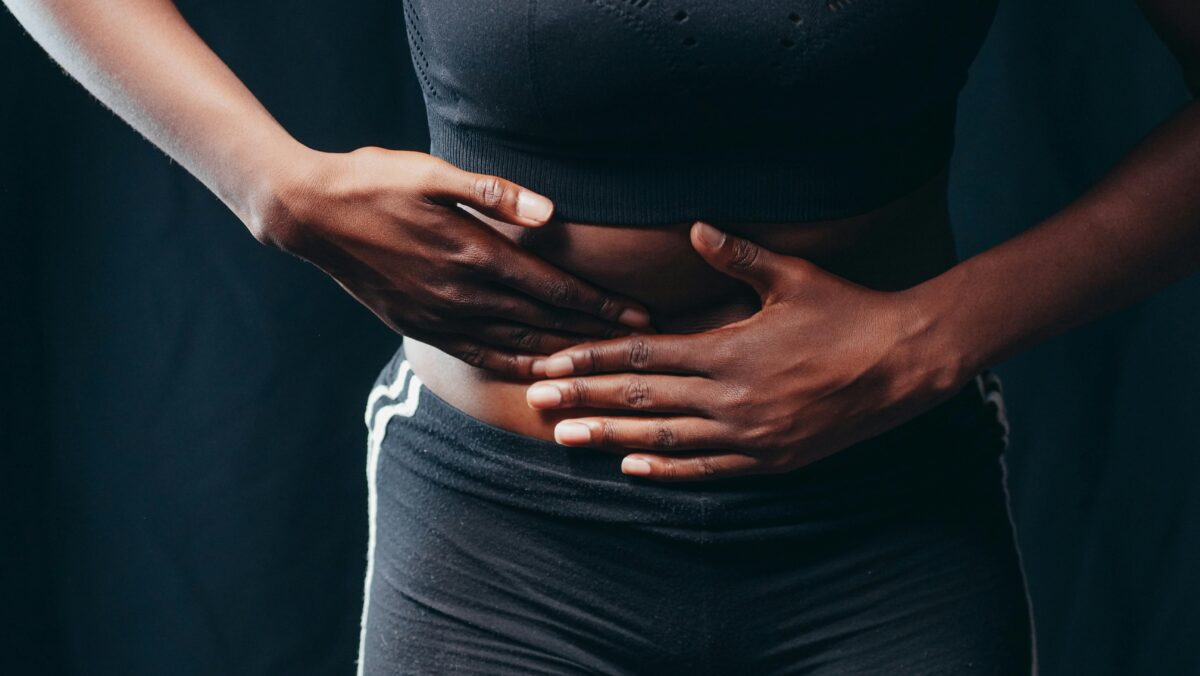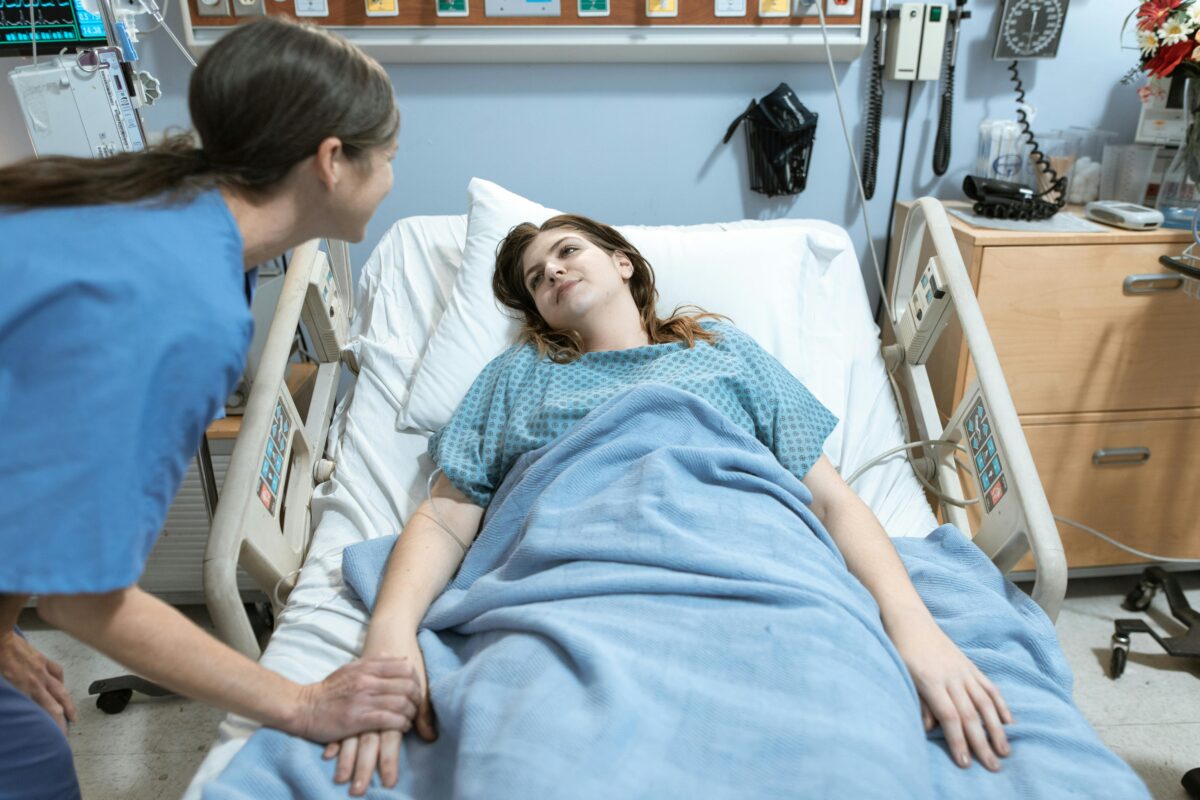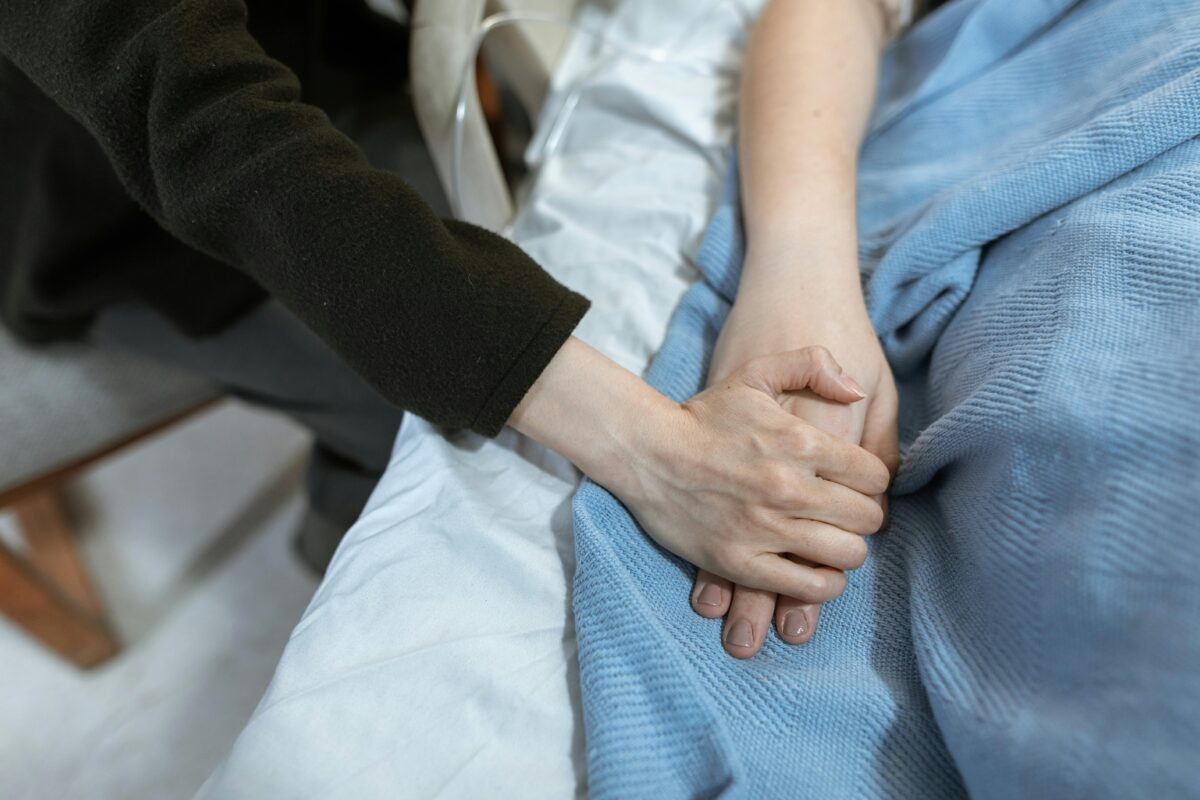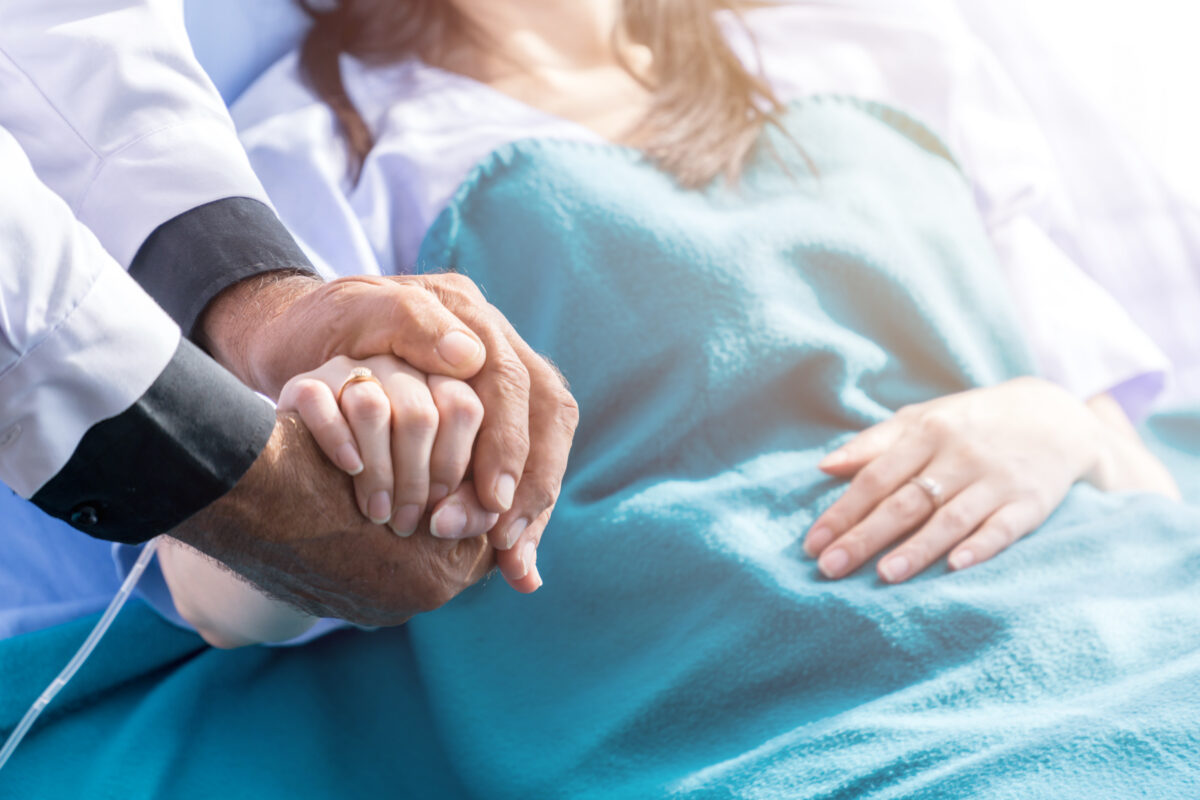For many patients, the prospect of surgery can be daunting. However, advancements in minimally invasive techniques have revolutionized cyst removal, offering safer procedures with quicker recovery times and reduced discomfort. At our Las Vegas and Henderson locations, Dr. Chanu Dasari uses state-of-the-art methods to remove cysts with precision and care. Let’s explore the key benefits of opting for minimally invasive cyst removal.
What Is Minimally Invasive Cyst Removal?
Minimally invasive cyst removal is a surgical approach that uses small incisions and specialized instruments to extract the cyst along with its surrounding sac. This technique minimizes tissue disruption, reduces scarring, and lowers the risk of complications, making it an ideal option for both simple and complex cysts.
Key Advantages
- Faster Recovery Time
- Less Tissue Damage: Smaller incisions mean that your body sustains less trauma, which can significantly shorten the healing process.
- Quick Return to Routine: Many patients are able to resume their normal activities within just a few days after the procedure, thanks to the reduced impact on the body.
- Reduced Post-Operative Pain
- Minimal Incisions: With less tissue being disturbed during surgery, patients often experience less pain compared to traditional open surgical methods.
- Efficient Pain Management: Dr. Dasari employs personalized pain management strategies that help keep discomfort to a minimum during recovery.
- Lower Risk of Complications
- Decreased Infection Risk: Smaller wounds reduce the exposure of internal tissues to bacteria, lowering the likelihood of infection.
- Enhanced Safety: Advanced imaging and surgical tools allow for greater precision during the procedure, which contributes to fewer complications.
- Improved Cosmetic Outcomes
- Minimal Scarring: With only tiny incisions required, the resulting scars are generally less noticeable, contributing to a better aesthetic outcome.
- Confidence Boost: For many patients, the cosmetic benefits of minimally invasive surgery can be as important as the functional improvements.
The Process: What to Expect
Pre-Operative Evaluation:
- A thorough assessment is performed, including a review of your medical history and, if necessary, diagnostic imaging to confirm the cyst type and its location.
The Surgical Procedure:
- Tailored Approach: Depending on the size and location of the cyst, Dr. Dasari determines whether the procedure can be performed under local anesthesia in an outpatient setting.
- Precision and Care: Using specialized instruments and techniques, the cyst and its sac are carefully removed to prevent recurrence.
Post-Operative Care:
- Follow-Up Appointments: Regular check-ups ensure that your recovery is progressing smoothly.
- Personalized Instructions: Detailed aftercare guidelines help you manage pain and care for your surgical site at home.
Why Choose Dr. Dasari?
Dr. Chanu Dasari is known for his commitment to minimally invasive procedures, offering patients a blend of cutting-edge technology and compassionate care. His expertise ensures that you receive the most effective treatment with a focus on reducing pain, minimizing complications, and enhancing overall recovery.
When you choose Dr. Dasari for your cyst removal, you’re not only opting for a highly skilled surgeon but also investing in a treatment plan that prioritizes your long-term health and well-being.
Ready to Take the Next Step?
If you’re considering cyst removal and want to experience the benefits of minimally invasive surgery, contact our clinic today at (702) 602-6600 to schedule a consultation with Dr. Dasari. Discover how you can enjoy a faster recovery, less pain, and improved cosmetic results with our advanced approach.



